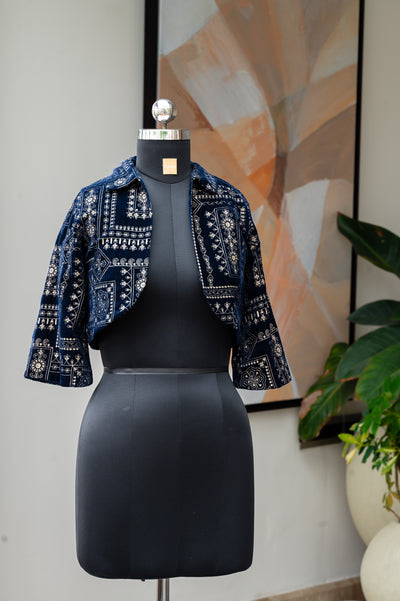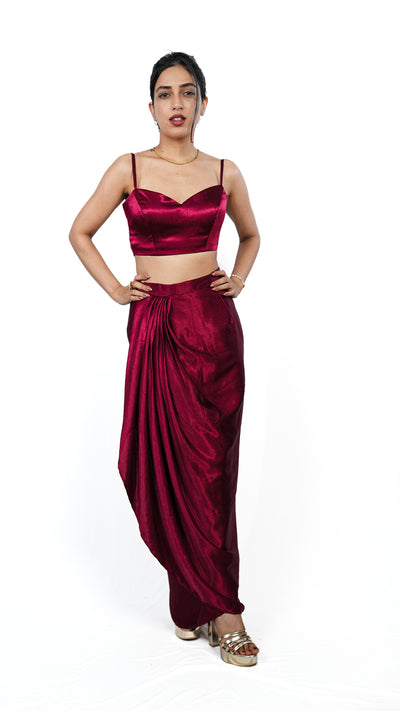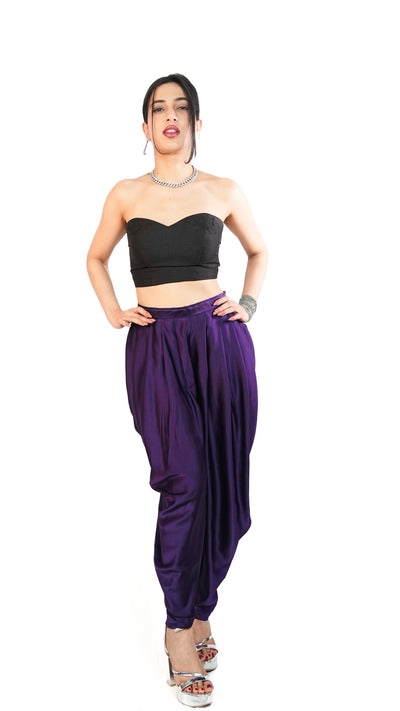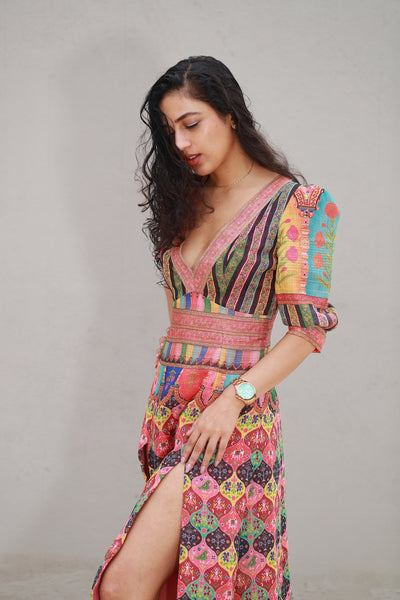
The Saree, Explained
Share
Sarees are an essential part of Indian culture and tradition and they hold a special place in the hearts of Indian women (and some fabulous men). They are a symbol of poise, grace and beauty and are often passed down from generation to generation.
In recent years, sarees have gained popularity worldwide, with many women outside of India embracing the beauty and versatility of this traditional garment.
So what exactly is a saree?
It is a long piece of fabric that is draped around the body and over the shoulder, creating an elegant and graceful silhouette. Sarees are made from a variety of materials, including silk, cotton and chiffon and are often adorned with intricate embroidery, beading, and sequins, making them a beautiful and luxurious garment for special occasions.
While the saree may appear to be a simply uniform piece of clothing, it is actually made up of several different parts that work together to create its unique style and shape.
Here are the different parts of a saree:
-
Pallu: The pallu is the part of the saree that is draped over the shoulder. It is typically longer than the rest of the saree and may feature elaborate embroidery, embellishments, or designs.
-
Border: The border is the decorative edge of the saree that runs along the length of the fabric. It is often the most intricately designed part of the saree and may feature patterns, embroidery, or embellishments.
-
Body: The body of the saree refers to the main portion of the fabric that is wrapped around the waist and draped over the shoulder. It is typically plain or lightly embellished, with the focus being on the border and pallu.
-
Pleats: The pleats are the folds that are created at the front of the saree when it is draped around the waist. The number of pleats may vary depending on the style of draping and the preference of the wearer.
-
Blouse: The blouse is a separate piece of clothing that is worn with the saree. It is typically fitted and features short sleeves, with the design and fabric matching that of the saree.
-
Underskirt: The underskirt, also known as the petticoat, is worn underneath the saree to provide shape and structure. It is typically made of cotton or silk and may feature a drawstring waistband.
Each part of the saree plays a crucial role in creating the overall look and style of the garment. From the intricate border and pallu designs to the simple yet elegant body and pleats, every element of the saree is carefully crafted to create a beautiful and unique piece of clothing.
DESHNA designs uses these elements to create something one-of-a-kind and truly timeless. Shop the collection or get in touch to create a custom look.




